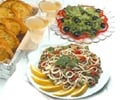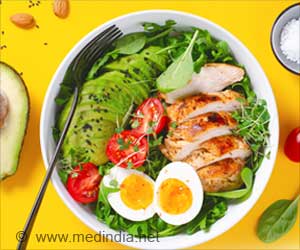
‘The ingredients inside the sandwich not the bread itself are the most significant drivers of calories, fat and sodium.’
Tweet it Now
The study, a modeling analysis, was conducted to assess the energy and nutrients contributed from all sandwiches in the U.S. diets of children and adolescents. It used government data from the National Health and Nutrition Examination Survey (NHANES) as well as USDA Typical Food Patterns to assess how Americans currently eat. The striking conclusion is that the ingredients inside the sandwich - not the bread itself - are the most significant drivers of calories, fat and sodium. "Americans can pointedly and positively impact their consumption of calories, fat and sodium by making more deliberate decisions about sandwich ingredients," said study author Yanni Papanikolaou from Nutrition Strategies Inc.
"Many health professionals mistakenly encourage consumers to skip the bread when trying to improve diets. However, this study demonstrates that by building a better sandwich on either whole grain or enriched grain bread, American children and adolescents can take in fewer calories, fat and sodium than they typically consume in sandwiches now."
"Moreover," Papanikolaou continued, "Americans need to think twice before cutting bread from their diets. They pack more of a nutrient punch than a caloric one in adult diets."
Specifically, referring to another study published in the journal, Nutrients, which shows that all grain foods contributed less than 15 percent of all calories in the total diet, while delivering greater than 20 percent of three shortfall nutrients - dietary fiber, folate, and iron - and greater than 10 percent of calcium, magnesium, and vitamin A.
Advertisement
Source-Eurekalert










